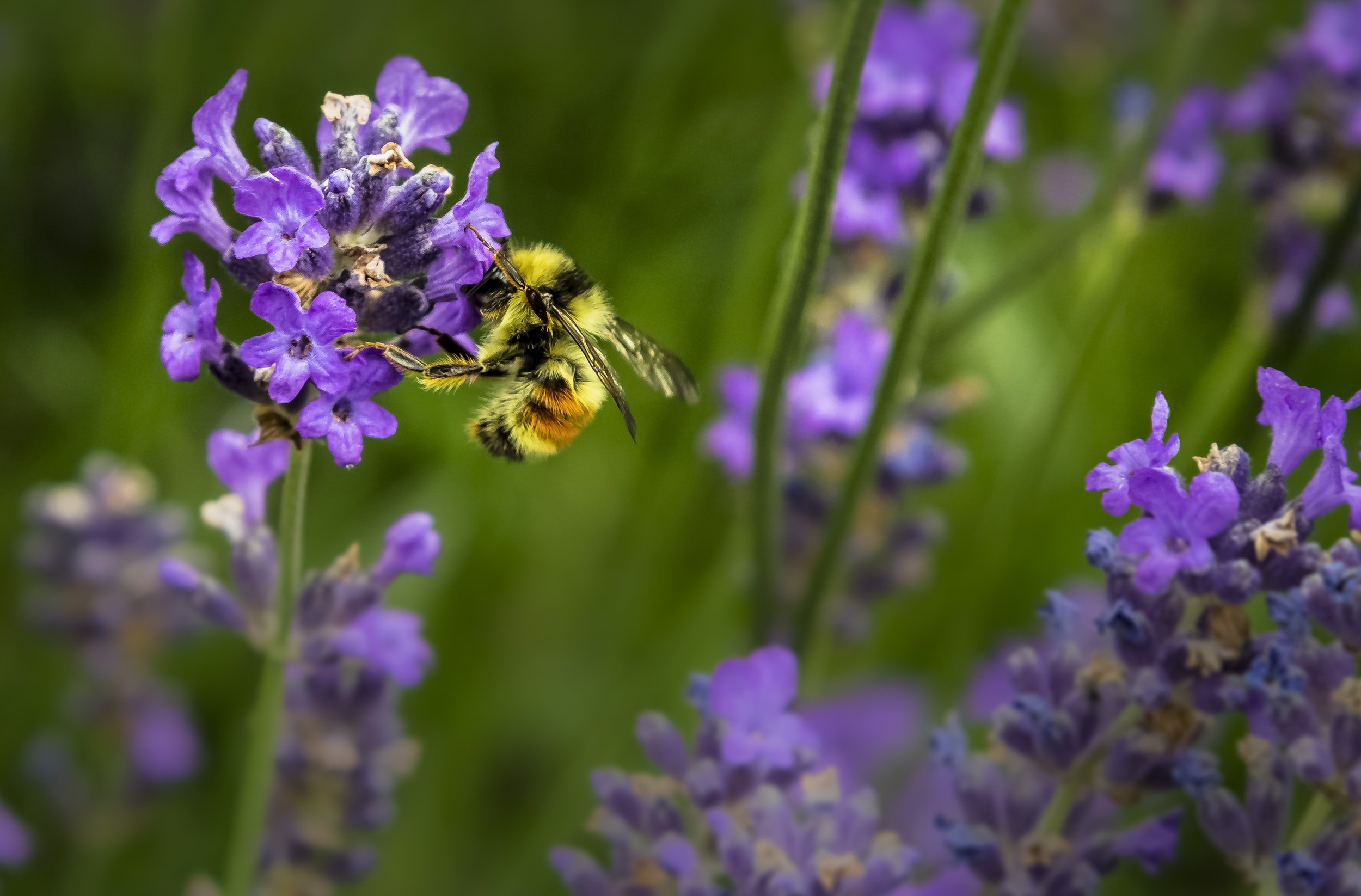Neem Oil is the Perfect Solution in an Imperfect World
CREDIT: This blog post has been authored by Erika van der Schyff and Justin du Toit and shared with permission.
PRODUCT: Pure Cold Pressed Neem oil
Care for the environment and act responsibly. There is only one world and all of us need to do our part. Traditional Indian Farmers use Neem as a bio-pesticide for more that 100 years and has been proven effective in controlling at least 200 kinds of pests. The use of Neem Oil has minimal noted negative effects on beneficial insects like bees, butterflies, and ladybugs.
Now you probably wonder how that is possible.
Before we get to the answer, let’s have a look at this product called Neem first.
Neem, also called Nim or Margosa, is a fast-growing, evergreen tree belonging to the Mahogany family. The fruit is a smooth olive-like drupe which varies in shape from elongate oval to nearly roundish.
Neem Oil is obtained by pressing or crushing the seeds of the tree in order to extract the oil. Pure cold-pressed Neem Oil is the highest quality because it preserves most of the beneficial compounds.
One of the main components is the chemical Azadirachtin. This is where the magic of Neem Oil lies.
It is important to note that Neem doesn’t kill insects upon contact. Insects must eat the treated plant to be killed.
Once Azadirachtin has been ingested by pests, it acts as an anti-feedant. It functions as a hormone disruptor and growth regulator to affected insects. This properly disrupts natural development of the insect by preventing normal hormone releases that trigger growth and maturation.
To get back to the answer of why Neem is safe to use around bees, butterflies and ladybugs.
That is not entirely true…
You’re confused? Let me explain.
Keep in mind that insects must eat the treated plant to be killed.
What do you think will happen if a bee collects pollen from a freshly Neem sprayed flower and fly back to its hive?
Yes, there are a small risk that this bee can infect the colony, especially the vulnerable bee wasps.
But there is a silver lining…
It’s easy to use Neem Oil safely around bees and other pollinators when you follow a few simple rules:
Rule 1
Don’t spray near hives. The wind may carry droplets contaminating the hive.
Rule 2
Spray at dusk and dawn. Bees and other pollinators tend to be diurnal and nocturnal. Neem Oil in foliar sprays dissipates in 45 minutes to an hour, leaving no residue.
Rule 3
As a general rule, never buy a Neem product with added ingredients unless you know what each one is and what it does.
Finally
Always read the product label and follow the label directions as indicated.
Stick to the above-mentioned four rules and you can be well assured that the use of Neem Oil will have no negative effect on bees and other pollinators.
Again, insects must eat the treated plant to be killed. Bees and other pollinators do not eat the plant.
“Neem is not only a cheaper, naturally occurring product and an effective method to control pests and insects, but also has no side effects on plants or other living beings.” Journal of Biopesticides & Environment, Article: A review on the use of Neem as a biopesticide.
Neem Oil is a wonderful, natural product to use if you care for the environment.
For any assistance or comments, shoot us an email: Click here
You are more than welcome to check out our wonderful products: Click here

